Expand market share
When the Vietnam - EU Free Trade Agreement (EVFTA) took effect from August 1, 2020, leather and footwear were considered one of the industries that benefited greatly from the agreement when the EU committed to eliminating 100% of tariffs on Vietnamese footwear products, with the longest roadmap being 7 years.
The Vietnam Leather, Footwear and Handbag Association (Lefaso) said that the leather and footwear industry has taken advantage of FTAs, including the EVFTA, to boost exports.
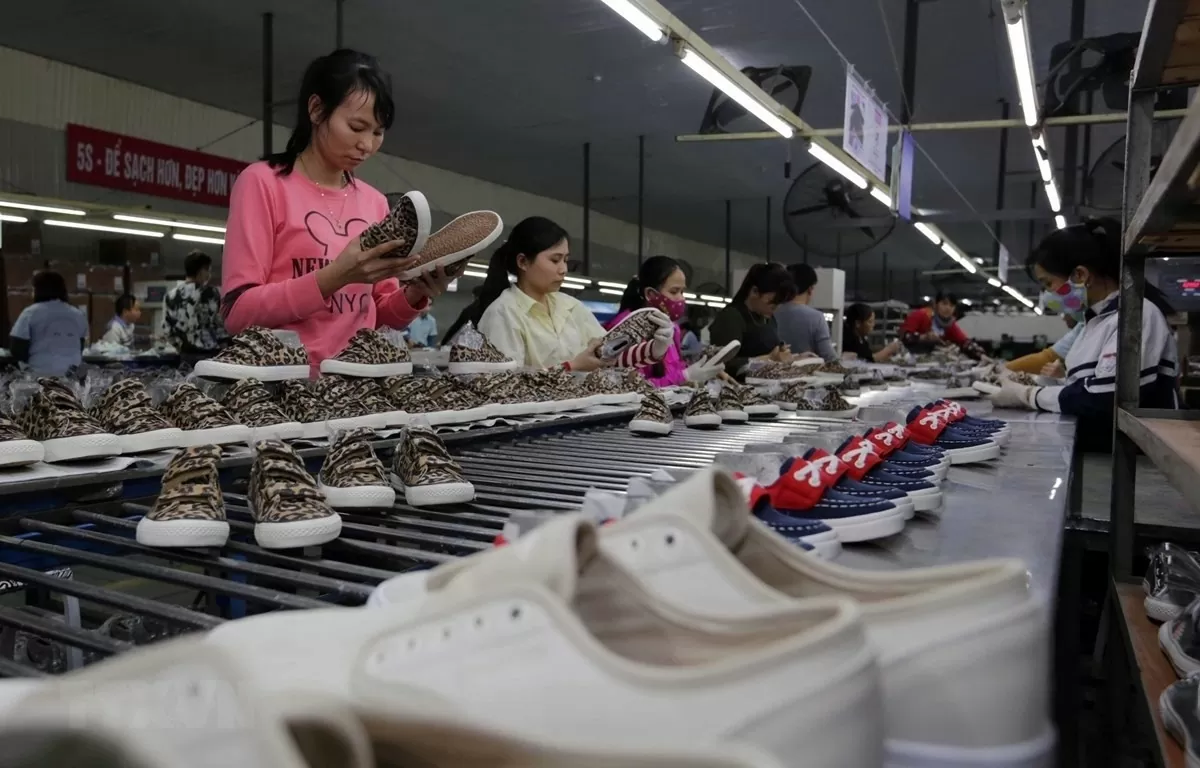 |
| Leather and footwear is an industry that takes advantage of FTAs, especially in markets with the EVFTA. |
According to statistics from the General Department of Customs, in the first 7 months of 2024, the total export value of the leather and footwear industry reached 15.2 billion USD, of which footwear reached 12.8 billion USD, up 10.1%; handbags reached 2.35 billion USD, up 7.9% over the same period last year.
In terms of markets, exports to the EVFTA market increased by 23.8%; the CPTPP market increased by 13.9%; and the ASEAN market increased by 2.4%.
Ms. Phan Thi Thanh Xuan - General Secretary of the Vietnam Leather, Footwear and Handbag Association said that Vietnam is currently the third largest country in the world (after China and India) in footwear production and the second largest in the world in footwear export, with an export turnover of nearly 24 billion USD in 2023 and is aiming for an export target of 26 - 27 billion USD in 2024.
Assessing the opportunities from EVFTA, according to Ms. Xuan, in terms of conditions, if textiles and garments face difficulties due to the "from fabric onwards" rule of origin, the EU's requirements in EVFTA will help leather and footwear "open the door". EVFTA allows Vietnamese leather and footwear enterprises to use imported materials for production and only requires washing, sewing, assembling and packaging to be done in Vietnam.
On the other hand, since the EVFTA took effect, foreign investors have been investing in developing the production of raw materials to enjoy preferential treatment based on origin. Thanks to that, Vietnam can improve the domestic supply of raw materials and increase the localization rate of products.
According to research, proactive efforts to self-produce raw materials can help reduce production costs of enterprises by 10-15%, helping the leather and footwear industry proactively meet requirements on rules of origin, truly making the most of the opportunities brought by EVFTA.
Respond promptly to market changes
Besides the positive signals from orders, leather and footwear businesses are still facing many difficulties, especially changes in the market.
The EU market, one of the largest markets with an import turnover of about 6 billion USD of footwear from Vietnam, is currently applying a series of regulations on ecological products, extended responsibility of manufacturers, traceability of supply chains, requirements on carbon emission reduction for manufactured products... Nordic countries have also been preparing a roadmap to apply the "Nordic Swan Ecolabel" for textile and footwear products.
Ms. Nguyen Thi Hoang Thuy - Commercial Counselor, Vietnam Trade Office in Sweden, concurrently in charge of Northern Europe - said that textiles and footwear are two of the products and goods with relatively high export growth to the EU market in recent times thanks to tax incentives from EVFTA.
Therefore, textile and footwear enterprises need to pay special attention to market changes. At the same time, textile and footwear products exported to Northern Europe need to pay attention to the regulations on the “Nordic Swan Ecolabel”, which is applied to all Northern European countries such as Iceland, Norway, Sweden, Denmark and Finland.
"Northern Europe is considered the region with the most advanced civilization in the world. When buying a product, they not only consider the price but also consider environmental protection and corporate social responsibility ," Ms. Thuy noted.
Ms. Thuy also said that for footwear, Northern European consumers are currently tending to consume ecological products that are beneficial to the environment, rather than products that affect the environment.
In addition, there are many EU regulations for footwear products such as chemicals, product safety, etc. that must be followed. The carbon pricing mechanism (CBAM) has also been developed by the EU to gradually apply to imported goods. Meanwhile, footwear is an industry that is assessed to cause large emissions during the production process, so it is also among the subjects affected by CBAM. Although these regulations have a roadmap for application in 5-7 years, if businesses do not quickly learn and gradually change production, they will not be able to meet the requirements and face the risk of losing the market.
Discussing some green standards and sustainable development such as policies on ecological products, extended responsibility to manufacturers, traceability of supply chains... that can be applied by Vietnam's major footwear import markets this year and in the next few years will affect the industry's exports, Ms. Phan Thi Thanh Xuan said that compliance is mandatory.
"When complying with these regulations, businesses must carry out many activities to upgrade their internal capacity. The upgrade must come from technology and management, along with increasing input costs while output costs increase very little, which is extremely great pressure on businesses. However, in a world of equal competition, if we want to successfully participate in the supply chain, we must comply," the Vice President and General Secretary of the Vietnam Leather, Footwear and Handbag Association analyzed.
Regarding the carbon pricing mechanism (CBAM), Ms. Xuan said that footwear is an industry that is assessed to cause large emissions during the production process, so it is also among the subjects affected by CBAM. The EU is currently a large export market for Vietnam with about 6 billion Euros per year, so it is necessary to prepare for changes and respond to this regulation.
To do this, businesses must first thoroughly understand the information and processes to meet and comply with CBAM. In addition, they need to prepare large resources in terms of human resources, technology, and finance to meet CBAM.
Therefore, businesses cannot go out into the open sea alone, but need to participate in better network activities to grasp information, have deeper and better preparation plans, learn and gain experience to be able to succeed, meet regulations and participate in the supply chain.
Source: https://congthuong.vn/tan-dung-evfta-xuat-khau-da-giay-tang-toc-vao-eu-343185.html


![[Photo] National Assembly Chairman Tran Thanh Man attends the ceremony to celebrate the 1015th anniversary of King Ly Thai To's coronation](https://vstatic.vietnam.vn/vietnam/resource/IMAGE/2025/4/13/6d642c7b8ab34ccc8c769a9ebc02346b)


![[Photo] Prime Minister Pham Minh Chinh chairs the Government's special meeting on law-making in April](https://vstatic.vietnam.vn/vietnam/resource/IMAGE/2025/4/13/8b2071d47adc4c22ac3a9534d12ddc17)
![[Photo] National Assembly Chairman Tran Thanh Man attends the Policy Forum on Science, Technology, Innovation and Digital Transformation](https://vstatic.vietnam.vn/vietnam/resource/IMAGE/2025/4/13/c0aec4d2b3ee45adb4c2a769796be1fd)




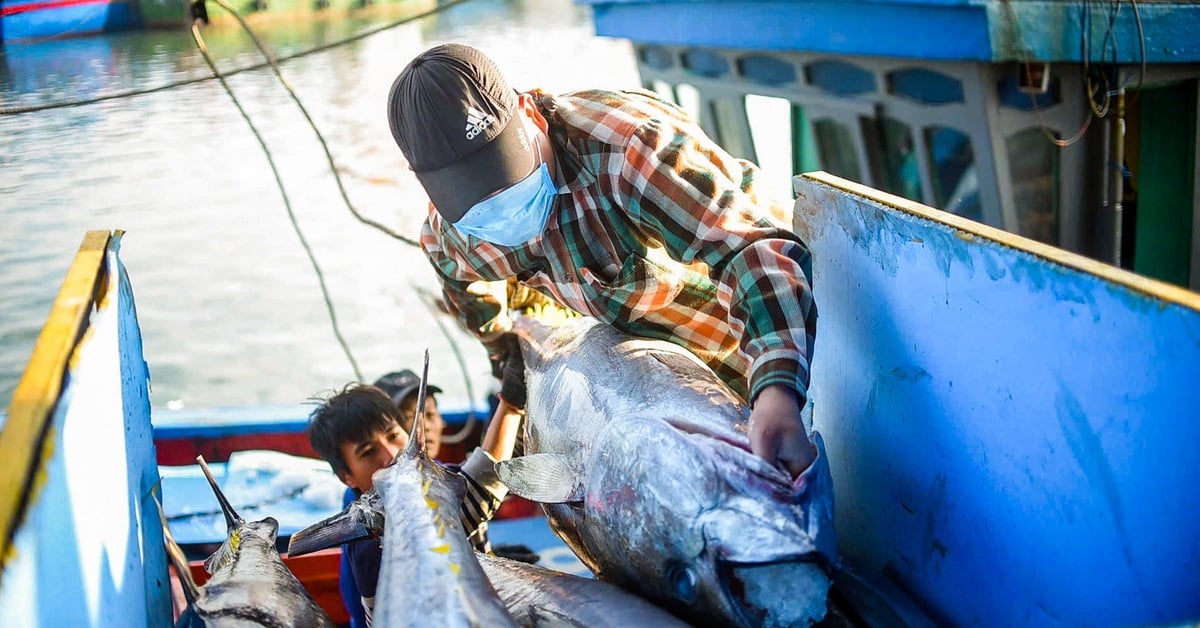

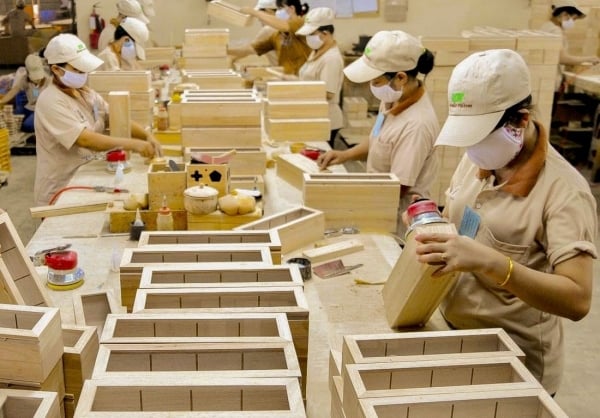
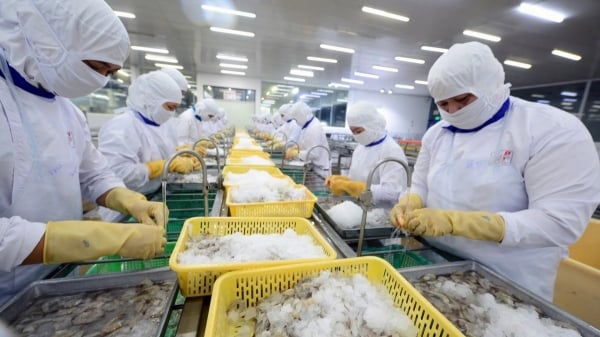



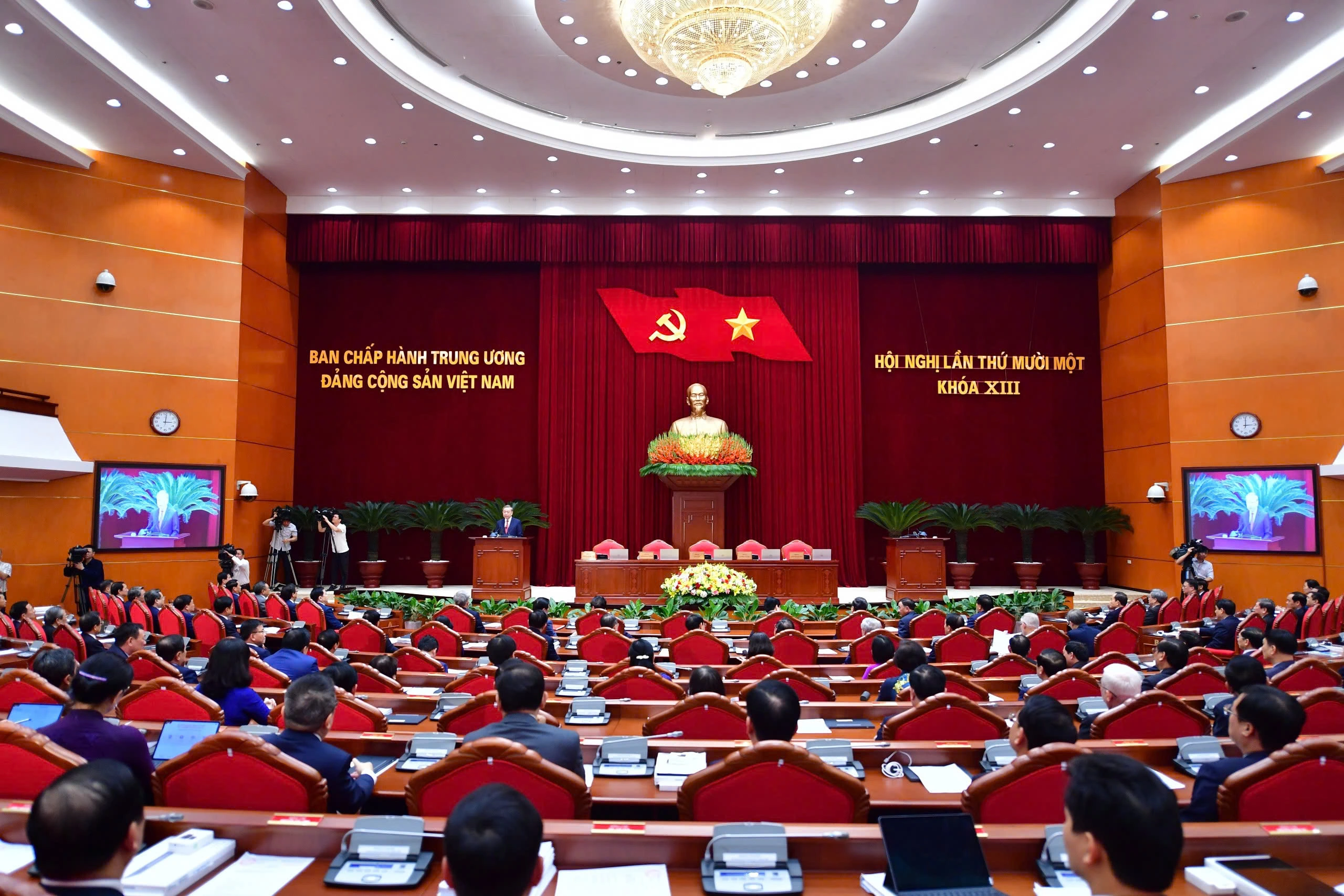





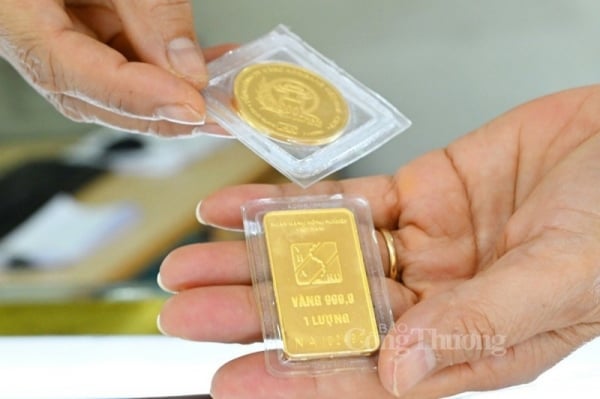
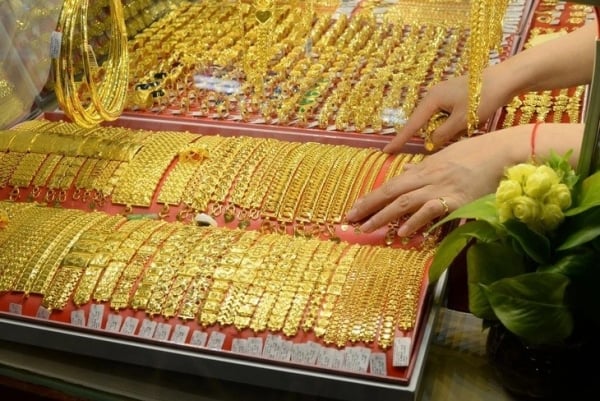
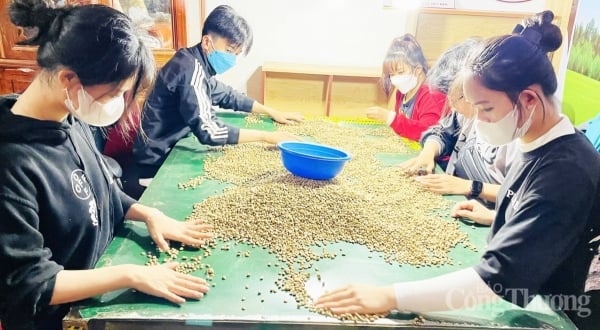
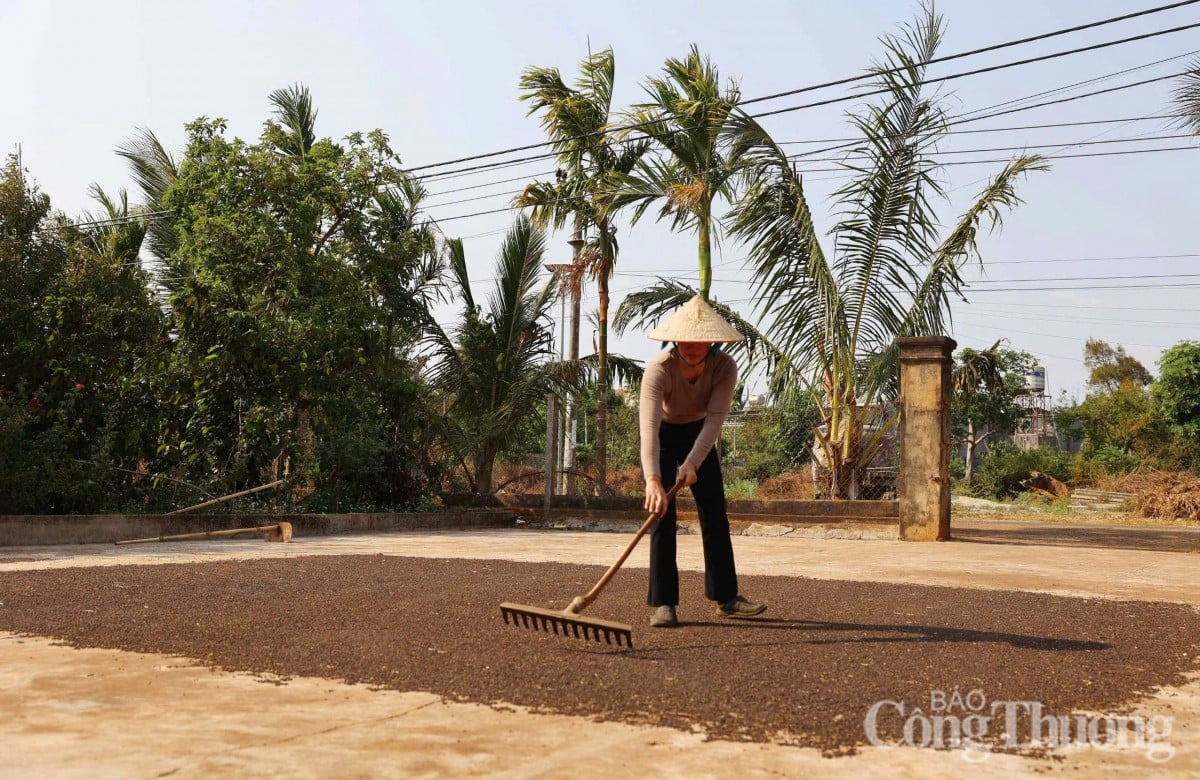
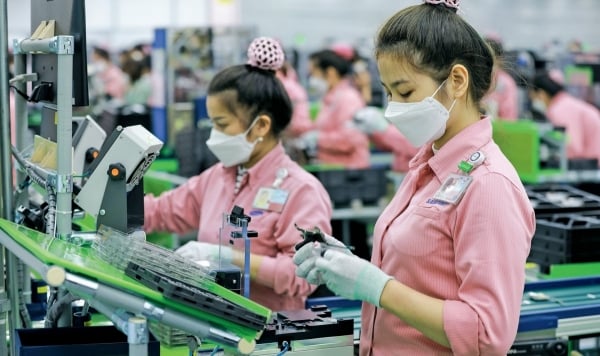

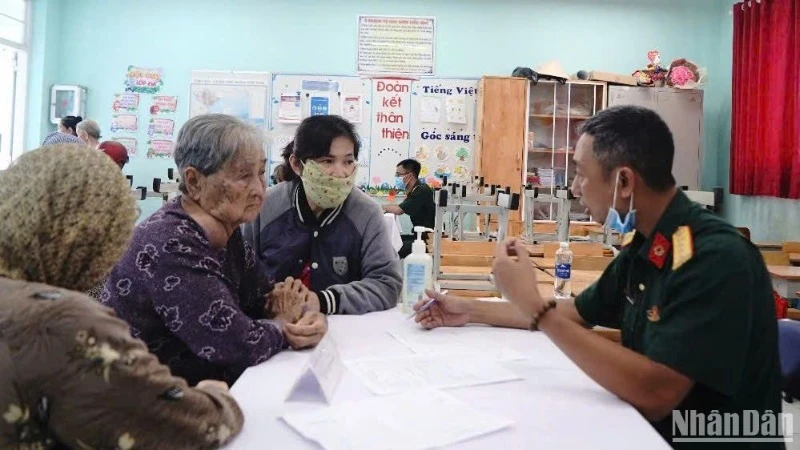
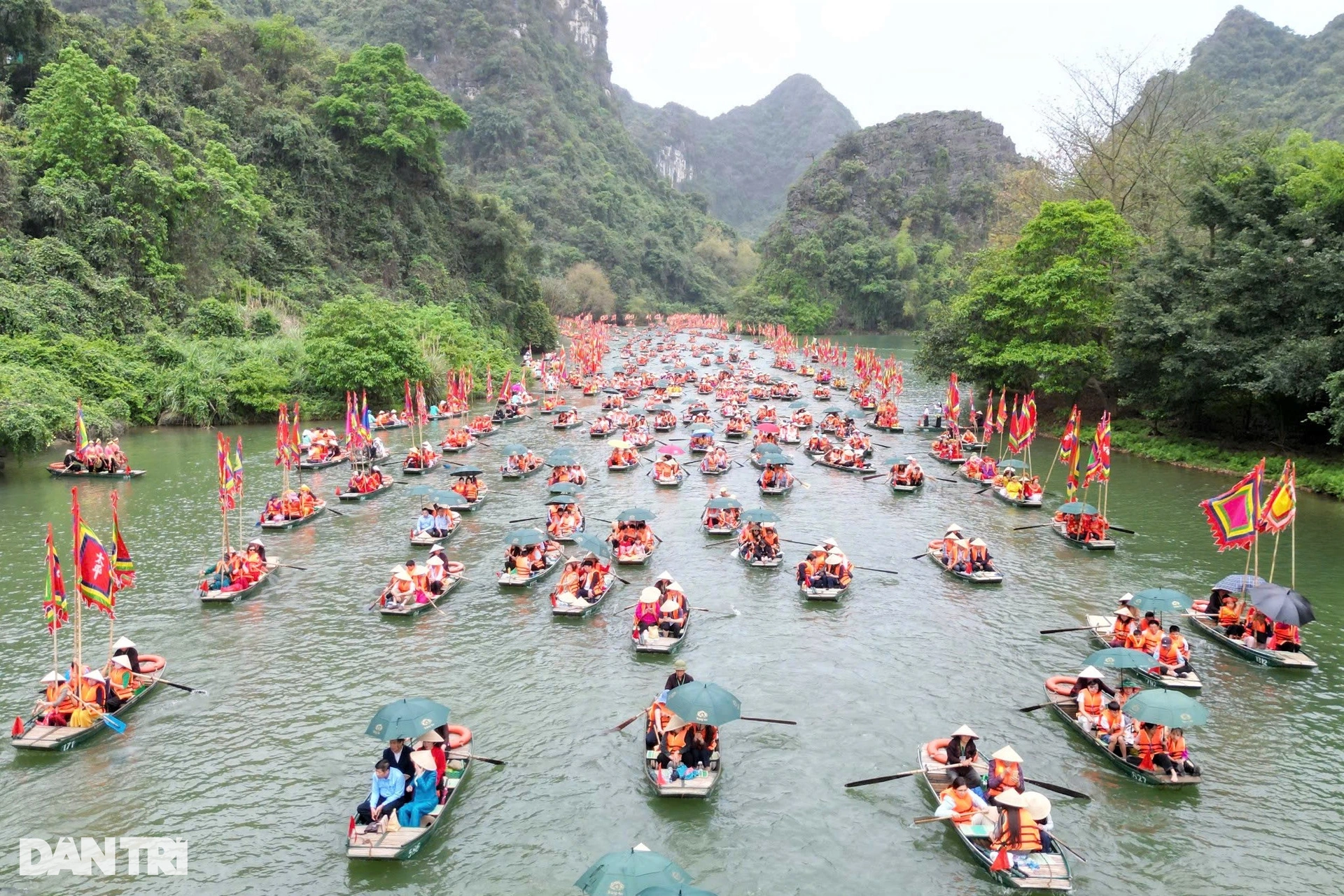











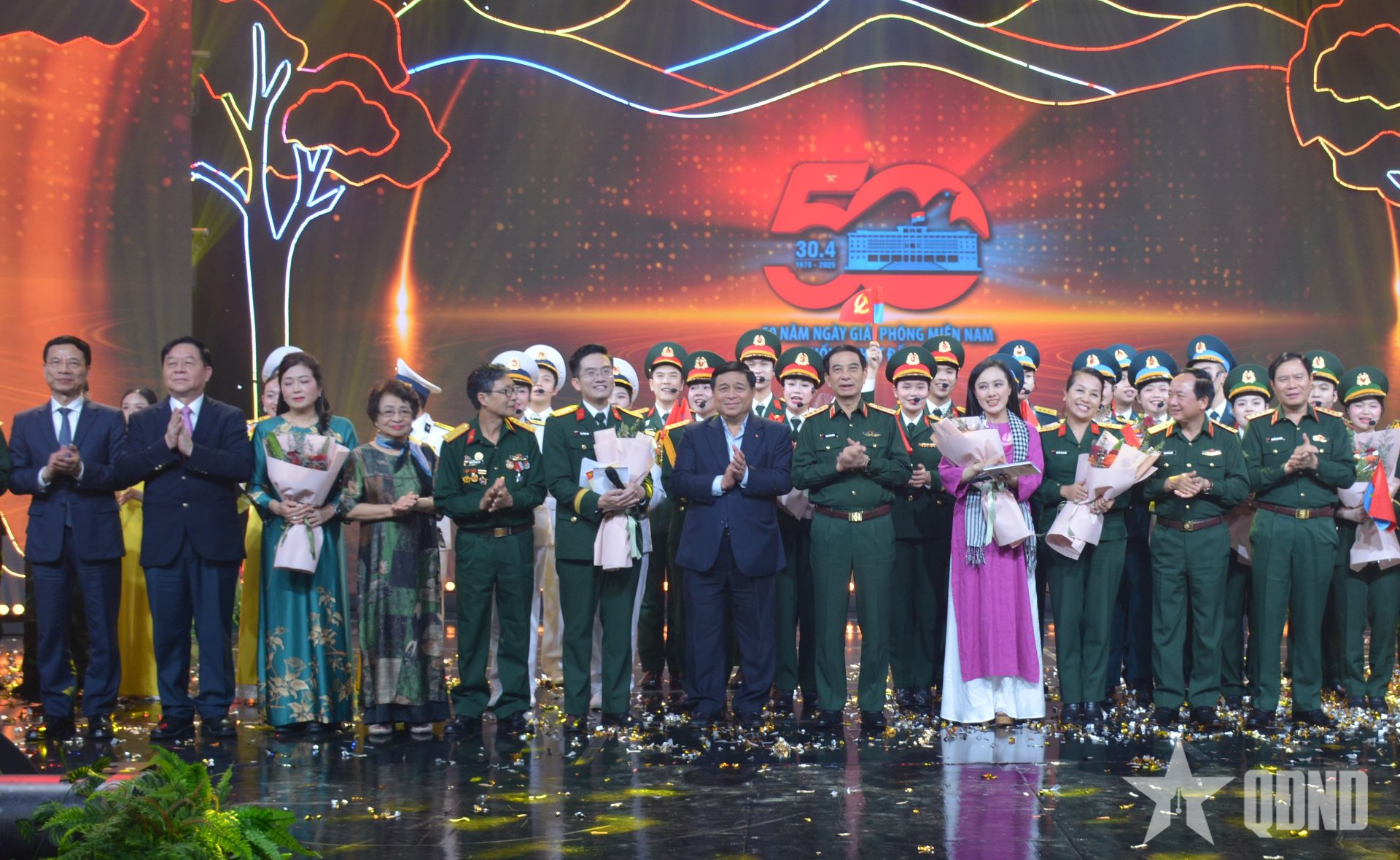



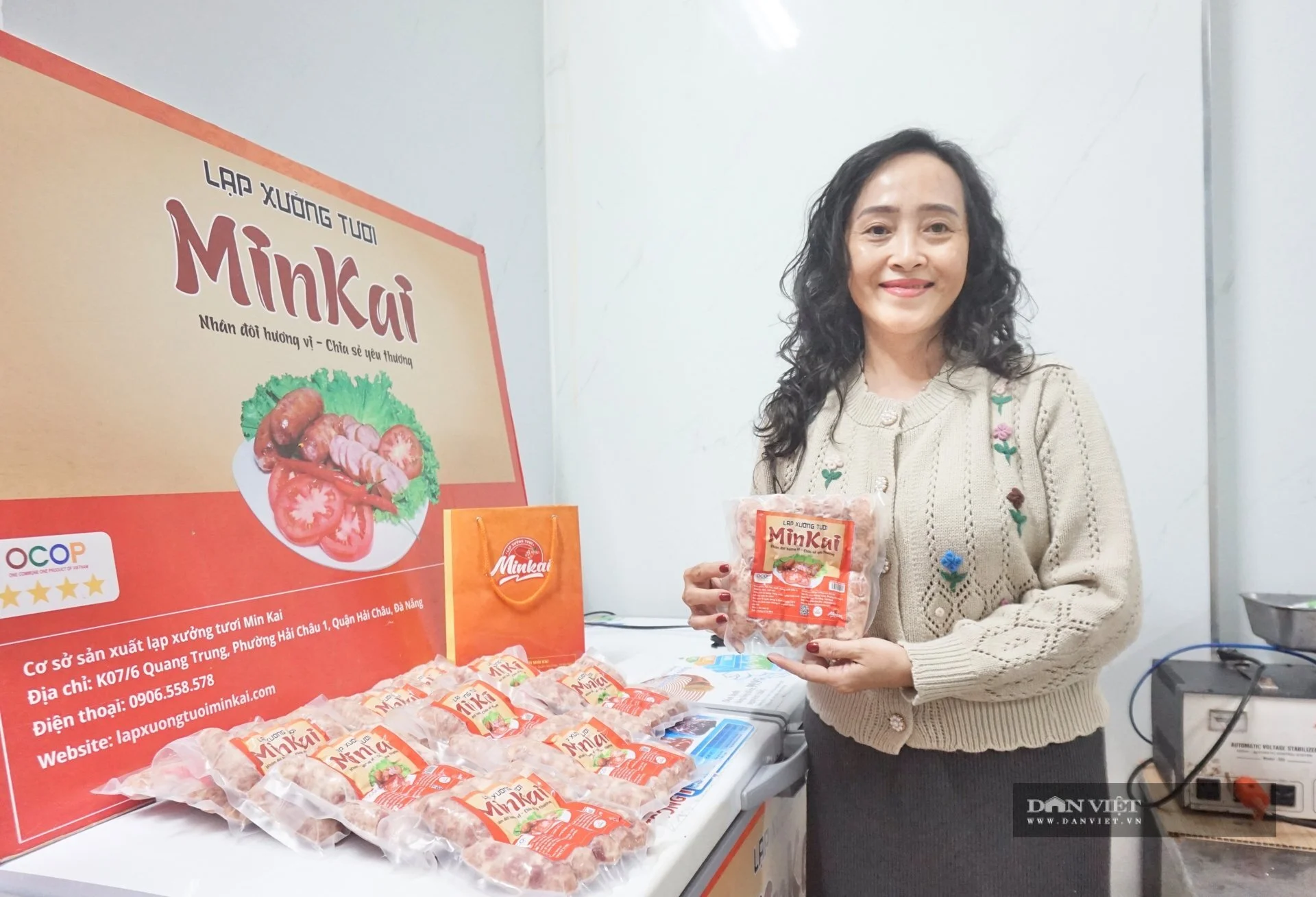













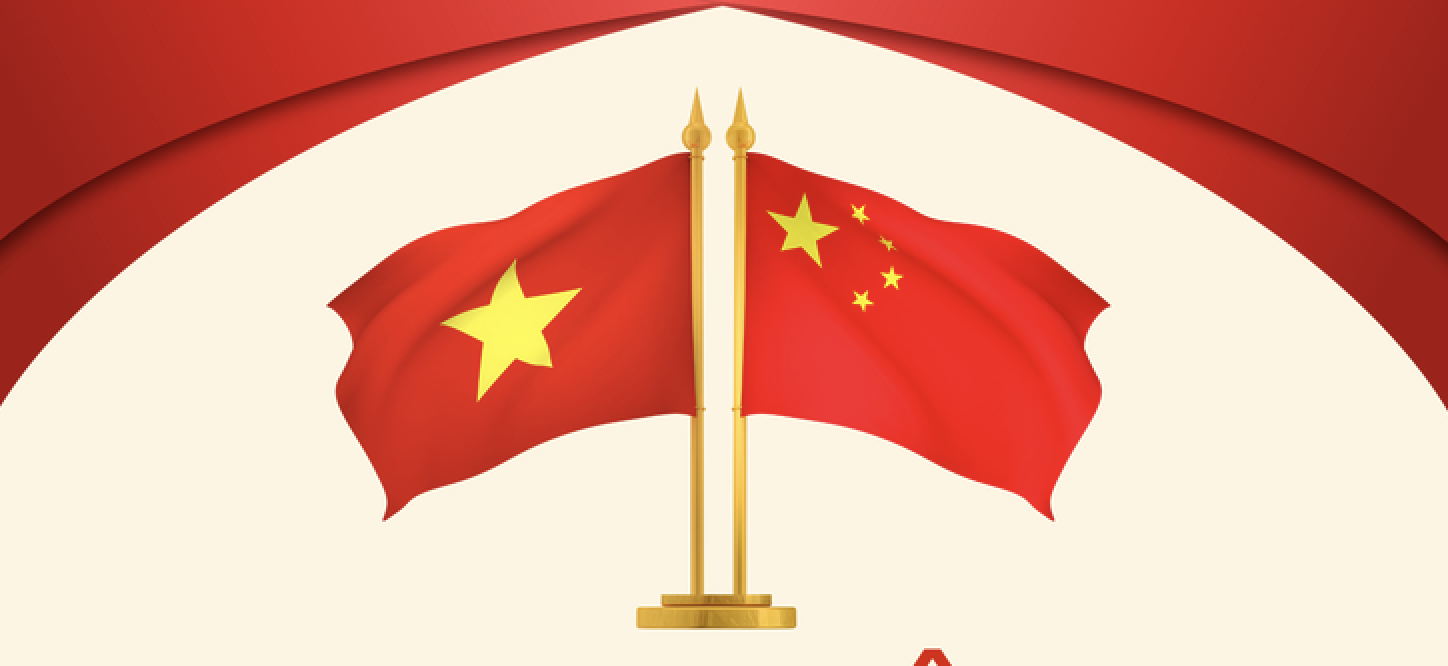
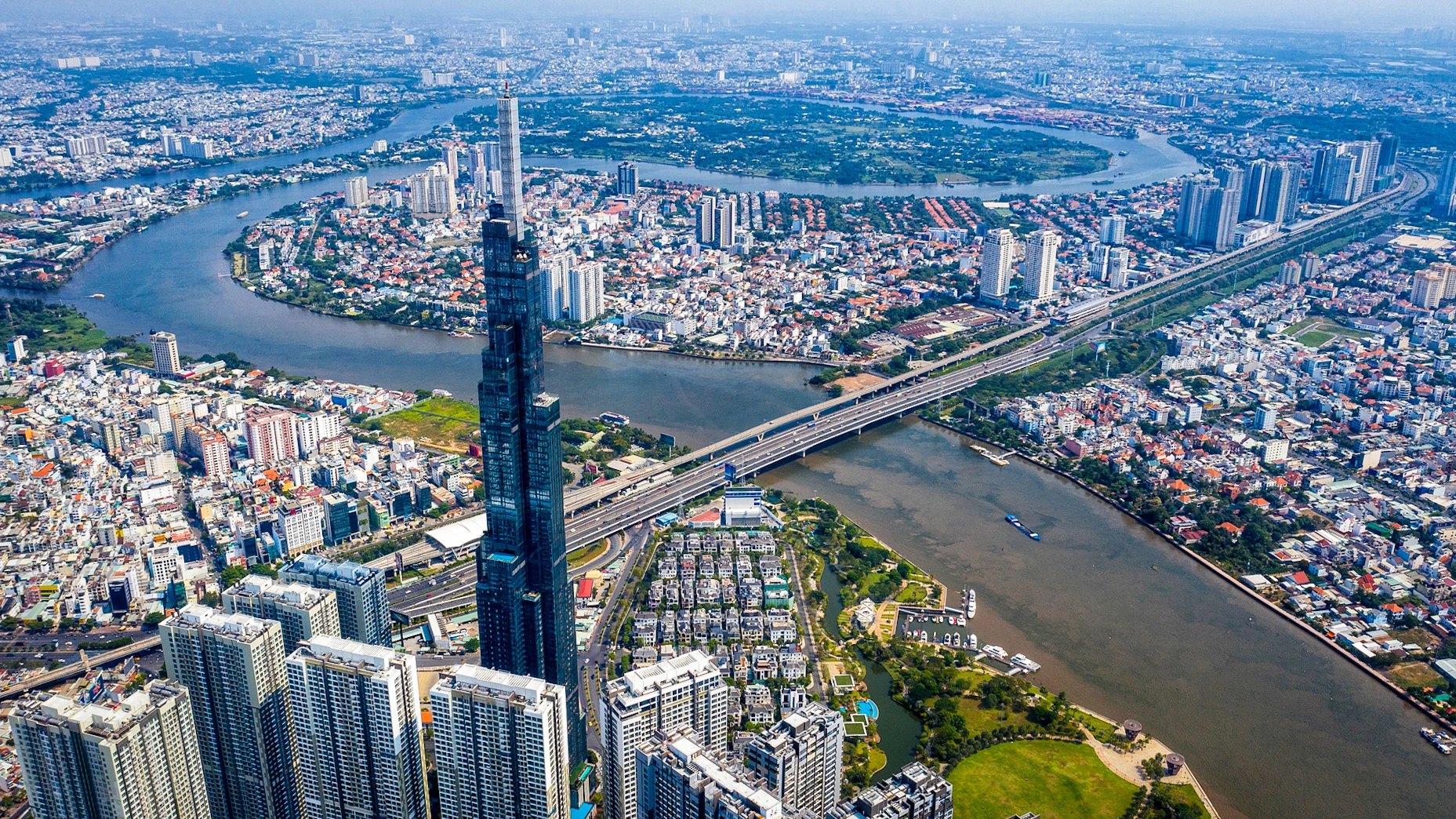

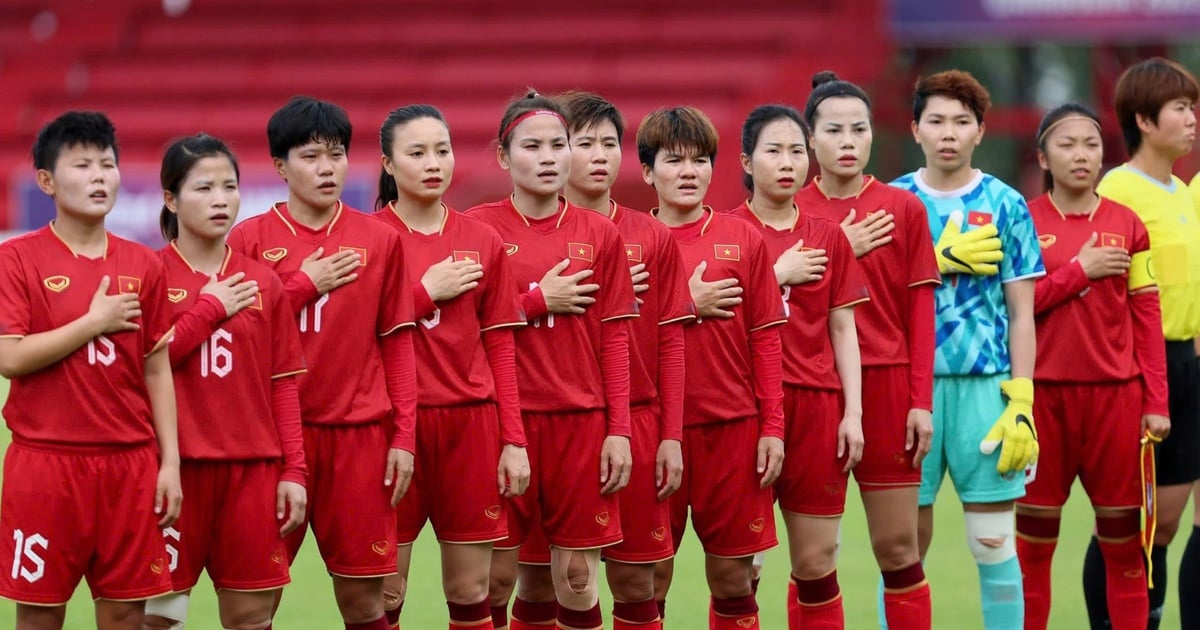


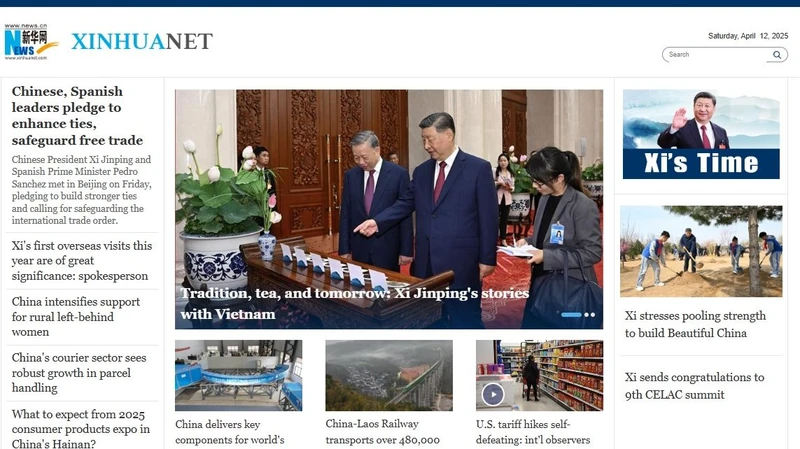
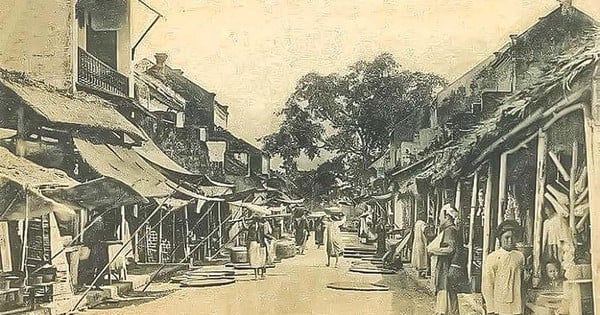


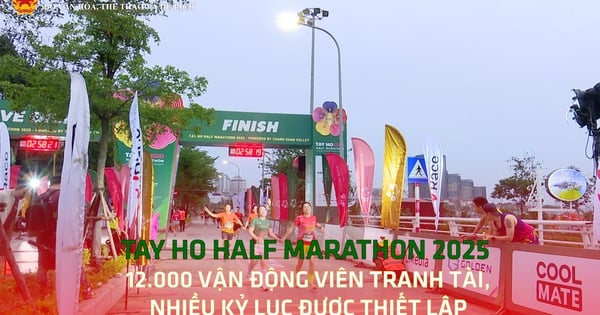
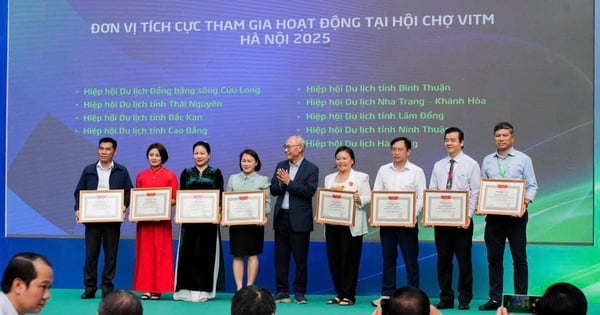






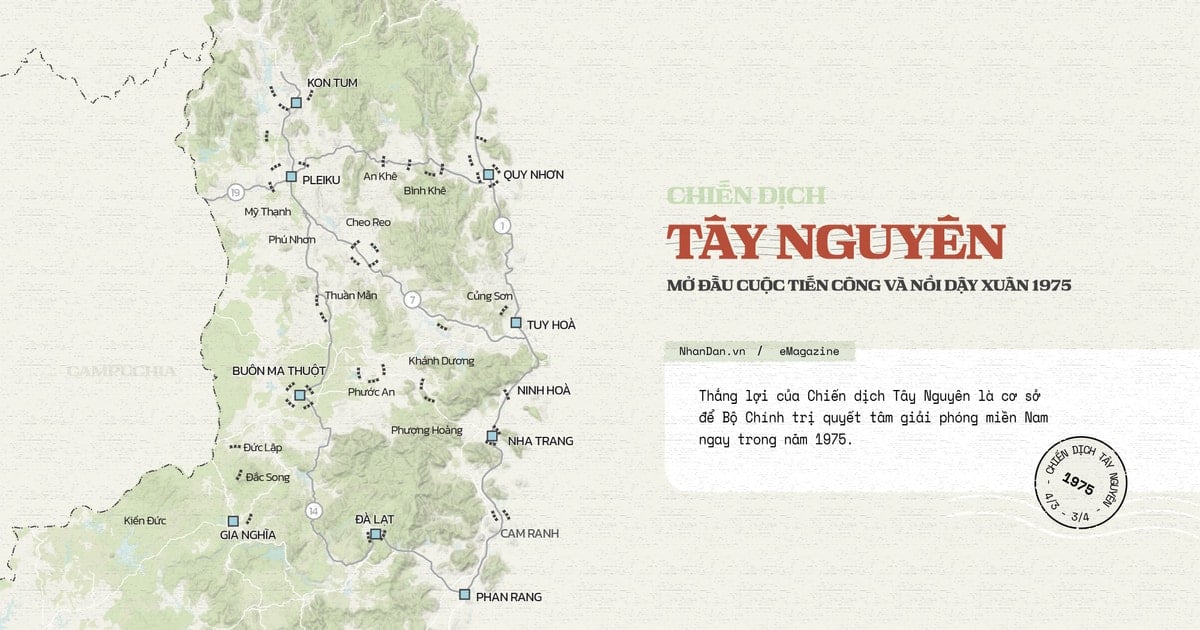
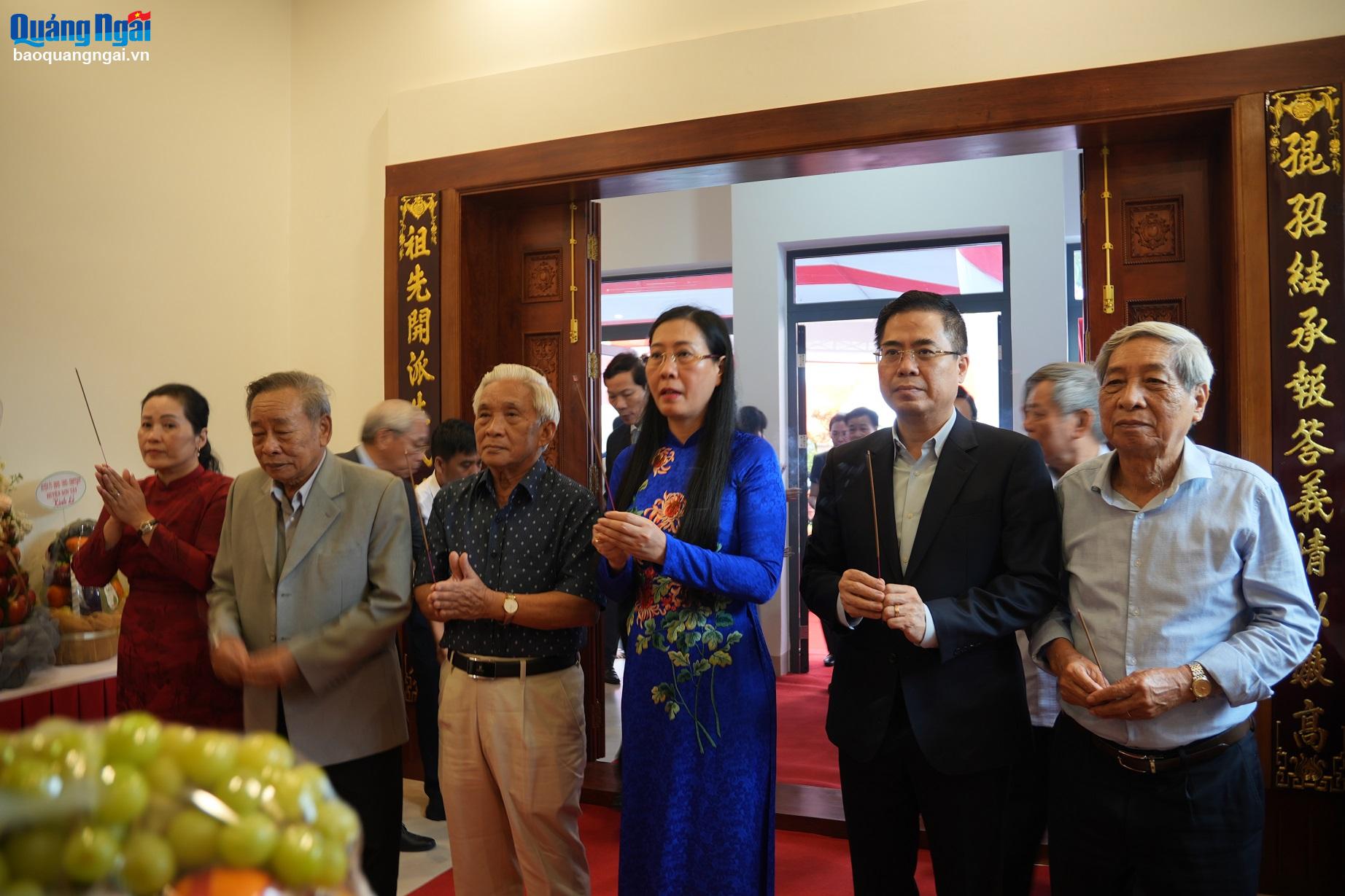
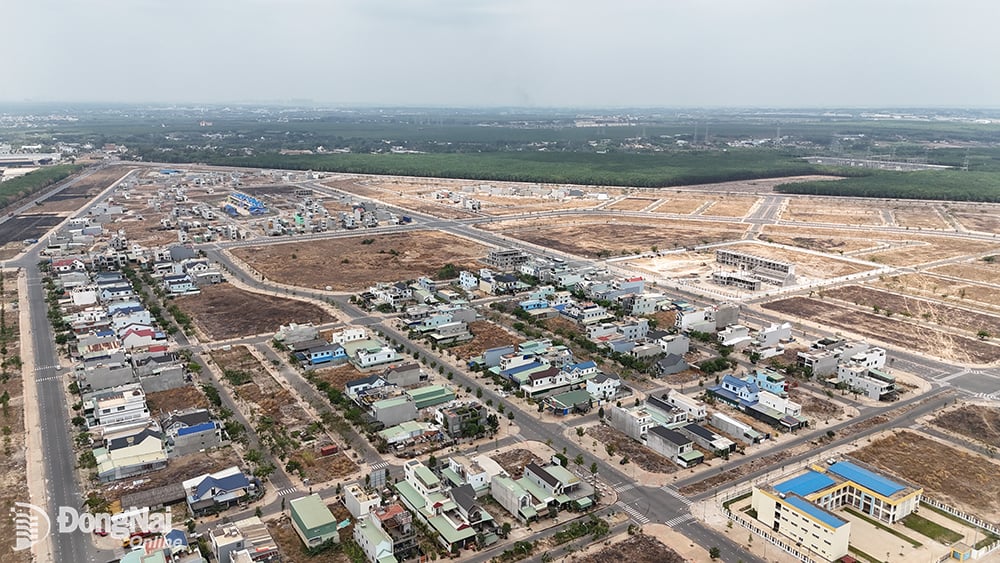

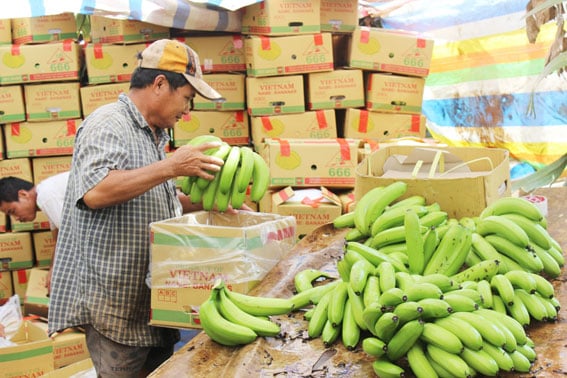


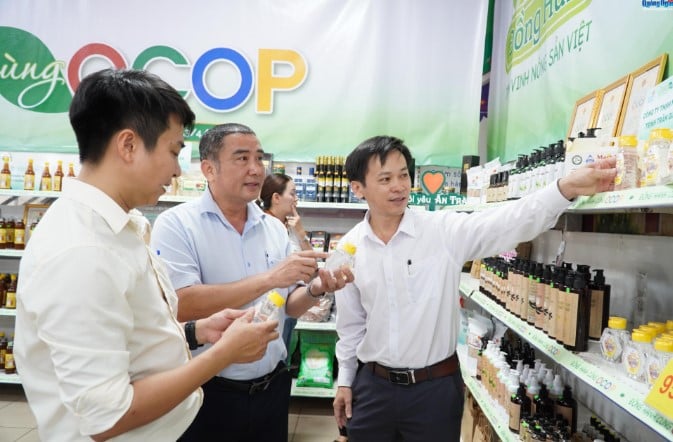








Comment (0)